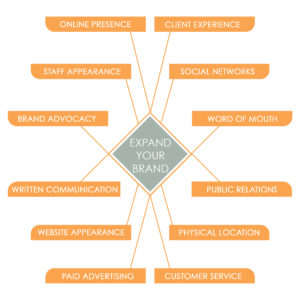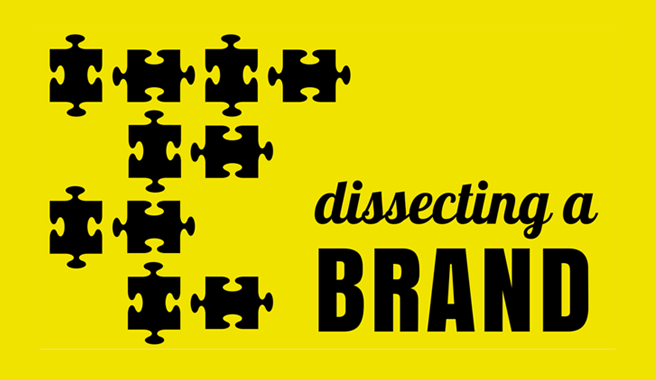By: Samantha Scott, APR
 Branding as a term has been used for a long, long time dating back to cattle ranchers who were trying to distinguish their cattle from their neighbors’. Still it’s used to differentiate one thing from another. However, in the overuse of the term we’ve lost a bit of the meaning. The purpose of this blog is to revisit the core of branding and dissect it to better understand and apply it to your business (or organization as this applies to non-profits, too. I’ll use “business” to stand for both).
Branding as a term has been used for a long, long time dating back to cattle ranchers who were trying to distinguish their cattle from their neighbors’. Still it’s used to differentiate one thing from another. However, in the overuse of the term we’ve lost a bit of the meaning. The purpose of this blog is to revisit the core of branding and dissect it to better understand and apply it to your business (or organization as this applies to non-profits, too. I’ll use “business” to stand for both).
A brand is made up of much more than just a business’ name. That is but one element. A brand is made up of practical, emotional, visual and message elements. At the core is the essence – the core of the business, what it stands for and why it exists. It’s carried out through various channels – on and offline as illustrated in the graphic to the left. There are many ways to expand your brand. Here’s an overview of four to get you started.
Culture and/or Essence
Culture is defined as “the behaviors and beliefs characteristic of a particular social, ethnic or age group” according to Dictionary.com. Culture is central to a brand; it’s the aura, so to speak, of your organization. Is it unified or segmented? Do your employees know why they do what they do or are they just there to punch the clock? Culture is defined by the values that your business stands for and it’s important, critical even, that your employees understand and support it before your customers do. It’s something that works from the inside out.
Image
Remember in high school when you had a “reputation to maintain”? Perhaps for you it was in college…what was your rep? Cool kid, jock, brainiac, other? Brand image is similar – it’s how your business is perceived. You, as the business owner or marketing director, may have one opinion of your brand’s image, but that doesn’t necessarily represent your target audience’s view. It’s imperative to not only know what your consumers think of your brand, but be able to address and shape that to the betterment of your business. Get to know your customers and prospects. Ask them what they think of your brand and/or what they thought of it initially and then use that to enhance your strategies.
Personality
Serious or fun, whimsical or serious, technical or casual – the personality of a brand also influences it. If we’re talking about restaurants you could compare a stuffy, traditional bar to a tiki hut on a beach…it’s easy to imagine how their brands would be different. A brand’s personality can come out in a number of ways from its logo to it’s social media content, brand colors, event participation, social media channel choices and beyond. For example, we chose orange as a primary color for PTE because it’s elicits energy, enthusiasm and vibrancy – all of which support our brand. We push boundaries and have a passion for what we do; our spirit needs to shine from your initial engagement with us, even if just visually.
Aesthetic or Look
Think Target’s bullseye or the Publix “P” (if you’re from the Southeast). A brand image is the icon that represents a brand, the recognizing mark. Intentionally left for last, this is one of the least important elements of a successful brand. However, with attention spans getting shorter (seemingly with the day) and the increase of photo and video communication a brand’s look is growing in importance. Does your Facebook cover image represent your brand? How about your newsletter template or business cards? Your advertising? Everything that represents your brand needs to align. It doesn’t need to be identical, but it should be obvious for consumers that one connects to the other.
Branding doesn’t have to be difficult but it is imperative. Use these four points to do a quick assessment of your brand. Is it representative of your business or does it need a little adjusting? If we can help, feel free to contact us. Either way, we wish you all the best!

